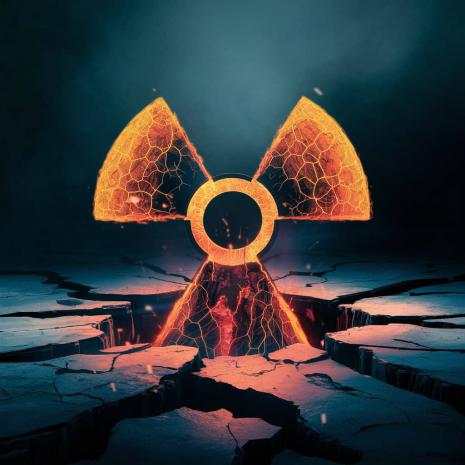
Breaking News
 The EU's Decision to Cancel 2035 Combustion Engine Ban Leaves Automakers at Odds
The EU's Decision to Cancel 2035 Combustion Engine Ban Leaves Automakers at Odds
 Rupee's freefall tells the real story about India's outlook
Rupee's freefall tells the real story about India's outlook
 Massie Introduces Bill to Get US Out of NATO
Massie Introduces Bill to Get US Out of NATO
 Somali Flag Raised Over Vermont School District
Somali Flag Raised Over Vermont School District
Top Tech News
 This tiny dev board is packed with features for ambitious makers
This tiny dev board is packed with features for ambitious makers
 Scientists Discover Gel to Regrow Tooth Enamel
Scientists Discover Gel to Regrow Tooth Enamel
 Vitamin C and Dandelion Root Killing Cancer Cells -- as Former CDC Director Calls for COVID-19...
Vitamin C and Dandelion Root Killing Cancer Cells -- as Former CDC Director Calls for COVID-19...
 Galactic Brain: US firm plans space-based data centers, power grid to challenge China
Galactic Brain: US firm plans space-based data centers, power grid to challenge China
 A microbial cleanup for glyphosate just earned a patent. Here's why that matters
A microbial cleanup for glyphosate just earned a patent. Here's why that matters
 Japan Breaks Internet Speed Record with 5 Million Times Faster Data Transfer
Japan Breaks Internet Speed Record with 5 Million Times Faster Data Transfer
 Advanced Propulsion Resources Part 1 of 2
Advanced Propulsion Resources Part 1 of 2
 PulsarFusion a forward-thinking UK aerospace company, is pushing the boundaries of space travel...
PulsarFusion a forward-thinking UK aerospace company, is pushing the boundaries of space travel...
 Dinky little laser box throws big-screen entertainment from inches away
Dinky little laser box throws big-screen entertainment from inches away
 'World's first' sodium-ion flashlight shines bright even at -40 ºF
'World's first' sodium-ion flashlight shines bright even at -40 ºF
Deep Fission Nuclear to Power 2 Gigawatts of AI Data Centers

They have committed to co-developing 2GW of nuclear energy to supply Endeavour's global portfolio of data centers which operate under the Endeavour Edged brand. The first reactors are expected to be operational by 2029.
Deep Fission Inc. (Deep Fission), a nuclear energy company pioneering a new approach to clean power by placing safe, small modular reactors (SMRs) in boreholes a mile deep.
The Deep Fission reactor is based on the time-tested (67 years) traditional technology of the pressurized water reactor (PWR), the most common type of nuclear reactor around the world. even the same fuel assemblies (which hold the fuel in place), and the same methods to control the power (control rods and boron in the coolant fluid). The Shippingport reactor was the first full-scale PWR nuclear power plant in the United States. The reactor reached criticality on December 2, 1957, and aside from stoppages for three core changes, it remained in operation until October 1982.
The Deep Fission SMR design operates at the same pressure (160 atmospheres) as does a standard PWR, and at the same core temperatures (about 315°C, equal to 600°F). As with a standard PWR, the heat is transferred to a steam generator at depth to boil water, and the non-radioactive steam rises rapidly to the surface where a standard steam turbine converts the energy to its electricity.
Our SMR has no moving parts at depth, other than the control rods and the fluid flow of the water coolant. This design minimizes the need for maintenance, although cables attached to the reactor allow it to be raised to the surface (it takes only an hour or two) if inspection of the reactor is deemed necessary.
Deep Fission SMR capsules (15MW each) can deliver high power density in a small footprint, enabling 150MW in a quarter acre and 1.5GW of clean energy generation in just 3 acres. The Deep Fission system eliminates the need for massive containment and pumping infrastructure. The U.S. Nuclear Regulatory Commission has not yet ruled on buffer zone requirements for SMRs, but we do not expect our inherently safe subsurface system to require any footprint restrictions beyond the standard fence line.



